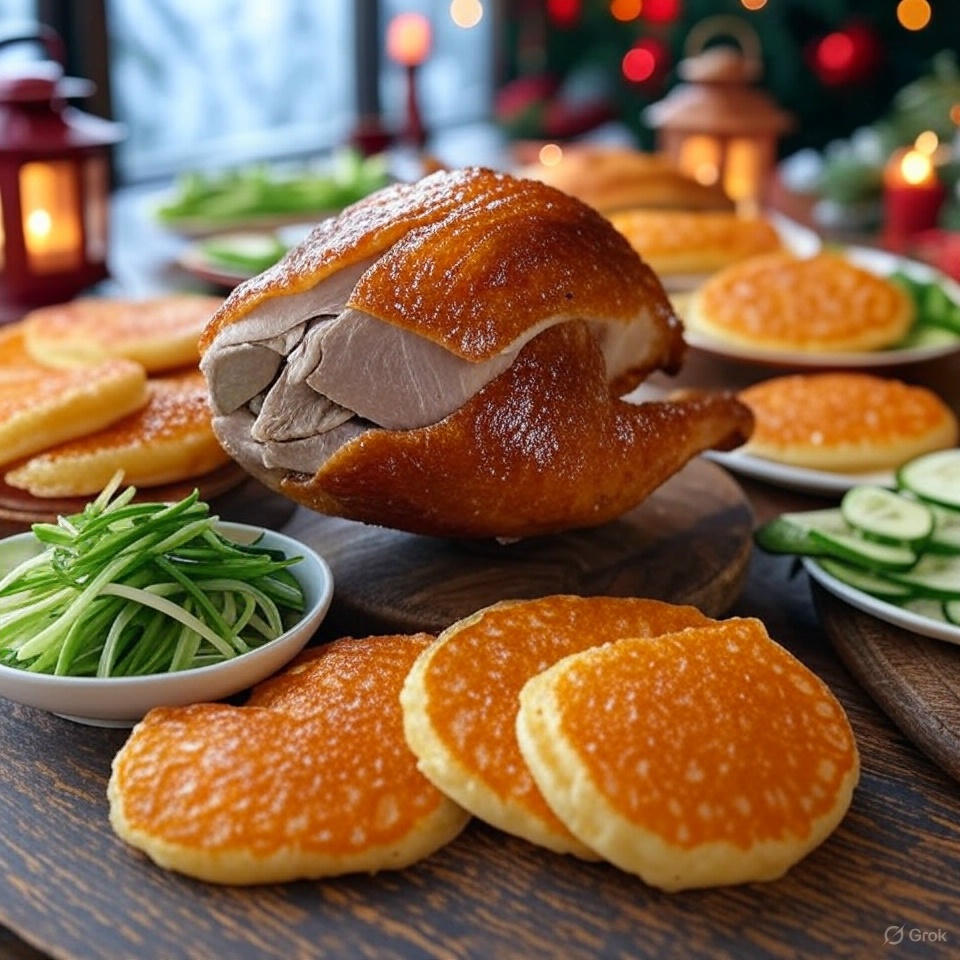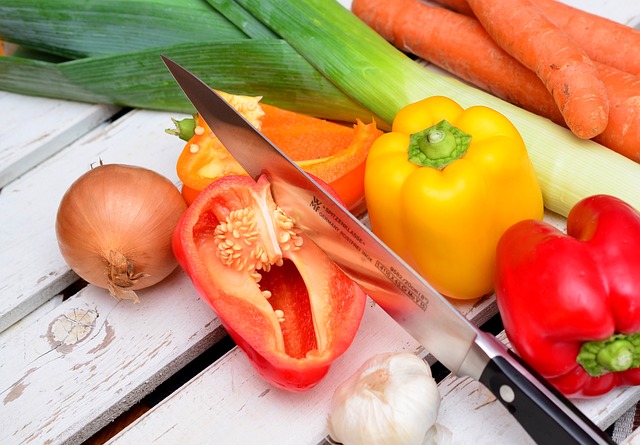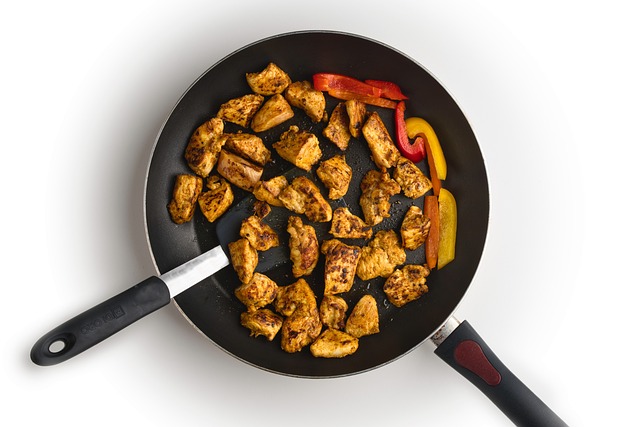Irish Beef Stew
The Irish Beef Stew is a hearty, comforting, flavorful dish with tender beef, vibrant vegetables, and a savory, rustic, warm, delicious, satisfying taste.



Let’s start cooking
Ingredients (Serves 6)
- 1 lb (450g) beef chuck, cut into small 1-inch cubes
- 2 tbsp olive oil
- 1 medium onion, diced
- 2 cloves garlic, minced
- 3 medium carrots, sliced into 1/2-inch rounds
- 3 medium Yukon Gold potatoes, sliced into 1/2-inch pieces
- 2 cups low-sodium beef broth
- 1/2 cup Guinness stout beer
- 1 tbsp tomato paste
- 1 tsp Worcestershire sauce
- 1 tsp fresh thyme leaves (or 1/2 tsp dried thyme)
- 2 bay leaves
- Salt and pepper to taste
- 2 tbsp fresh parsley, chopped (for garnish)
- 1 tbsp flour (for thickening)
Instructions
- Prepare the Beef: Pat the beef cubes dry with a paper towel. Season with salt and pepper, then lightly dust with flour.
- Brown the Beef: Heat 1 tbsp olive oil in a large Dutch oven or heavy pot over medium-high heat. Brown the beef in batches, about 3-4 minutes per batch, ensuring a nice sear for bright color. Set aside.
- Cook Aromatics: In the same pot, add the remaining 1 tbsp olive oil. Sauté the onion and garlic over medium heat until softened, about 3 minutes.
- Build the Stew: Stir in the tomato paste and cook for 1 minute. Add the Guinness, scraping up any browned bits. Simmer for 2 minutes to reduce slightly.
- Simmer: Add the beef broth, Worcestershire sauce, thyme, bay leaves, and browned beef. Bring to a simmer, then reduce heat to low. Cover and cook for 1 hour, stirring occasionally.
- Add Vegetables: Add the sliced carrots and potatoes. Simmer, uncovered, for another 30-40 minutes, until the vegetables are tender and the beef is soft.
- Adjust and Serve: Remove bay leaves. Season with salt and pepper to taste. Garnish with fresh parsley. Serve in a rustic pottery bowl.
Nutrition Information (Per Serving)
- Serving Size: 1/6 of the recipe (approximately 1.5 cups)
- Calories: 320 kcal
- Carbohydrates: 25g (8% DV)
- Protein: 28g (56% DV)
- Fat: 12g (18% DV)
- Saturated Fat: 3g (15% DV)
- Cholesterol: 70mg (23% DV)
- Sodium: 600mg (26% DV)
- Fiber: 4g (16% DV)
- Sugar: 5g
Note: Percent Daily Values (DV) are based on a 2,000-calorie diet. Nutrition is an estimate.
Allergy Advice
- Contains: Gluten (from flour; can be substituted with cornstarch). Worcestershire sauce may contain fish (anchovies); check labels.
- May Contain Traces: Possible traces of gluten or soy in beef broth and Guinness.
- Dairy-Free: No dairy.
- Nut-Free: No nuts.
- For Allergies: Use fish-free Worcestershire sauce if needed. For gluten-free, replace flour with a cornstarch slurry and ensure all ingredients are gluten-free.









































